Ah yes, it is that time of year again. The LA Times book festival is on, starting today, and it was kicked off with the swanky Book Awards festival last night, followed by a reception. This all takes place on the UCLA campus, in Westwood. You might recall that I went last year and reported on it. [(Update: A version of the post is here.] (If in town, go to the LA Times website for more information and find your way over there either today or tomorrow!)
So I went to the Awards show again because:
- I enjoyed it last year,
- I like “book people”,
- I like the idea that in the city where there’s a swanky Awards ceremony for everything else, they have one for books,
- I like the unashamed delight that everyone takes in the value of the word on the page… there were some very nice speeches from the master of ceremonies (Jim Lehrer this year) and the various presenters in each category (all authors themselves) about the various aspects of this (all the way from history to Children’s books, to Science…)
- I wanted to see if they would have chocolate fountains again. They did.
- I wanted to see if they had old typewriters embedded inside ice sculptures again. They did.
- I can never be mistaken for an actual author at the reception too many times,
- I like dressing up, from time to time. (Never let it be said that I am not honest with you on this blog.)
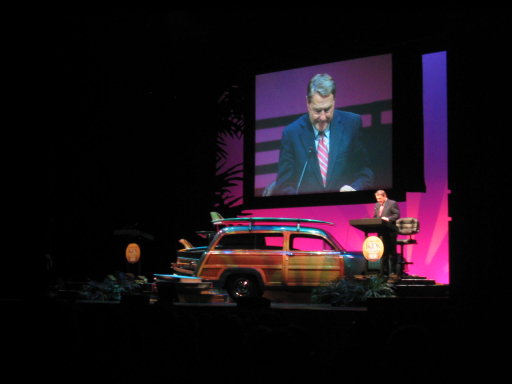
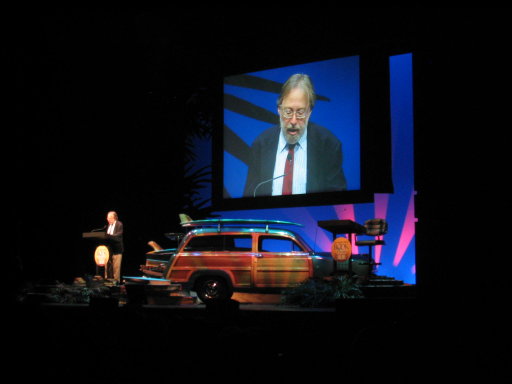
(Above: MC for the night, PBS Newshour host Jim Lehrer, and the LA Times’ Kenneth Turan, on the set/stage. I really like the work of both of these guys…)
Spent most of the evening after the ceremony at the reception talking with LA Times (or related) people and their spouses. This was not my intention, but it was a happy occurrence, as they were all really interesting people – two science writers (Rosie Mestel and Alan Zarembo, who I’d not met before and who were just great to talk to) and also some more general columnists, such as (novellist and essayist) Meghan Daum and others whose names escape me now. K C Cole, my friend and USC colleague – and ex-LA Times science writer – was there for good conversation, as was Tom Siegfried. So it was just excellent to stand around and munch on the excellent food, drink the wine, and talk (and yes, sometimes gripe) a bit about science coverage and science writing. Briefly chatted with poet and author Michael Datcher (remember him from the point of view event?) and his wife as well, who told me about an upcoming event I’ll be mentioning later, I hope.
Rosie and I turned out to have some interesting points of commonality, which was a pleasant surprise, and so we talked about not just science and science-writing, but England, gardening, and the East/West divide in Los Angeles.

(Above: Available light (sorry) shot of Alan Zarembo dipping a bit of pineapple into the chocolate fountain. Meghan Daum and Rosie Mestel look on.)
Some friends and colleagues from USC were there in an official capacity as well, such […] Click to continue reading this post →
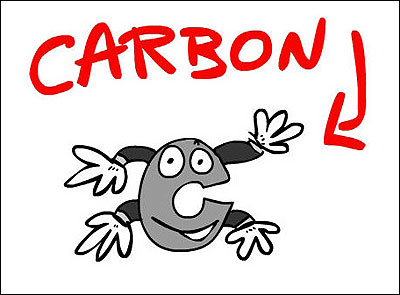 NPR’s Robert Krulwich does it again. As part of a long special series that NPR has begun about carbon and climate change, he starts out with a really really good piece (with his usual level of humour and sound effects – and graphics on their website) on carbon. What is it with carbon that makes it such a special element to us, our biology, our planet? What is it about carbon that makes it so happy to stably bond into chains (storing energy), and so stably that we get huge reserves of energy stored underground in the form of fossil fuels (oil, etc). […] Click to continue reading this post
NPR’s Robert Krulwich does it again. As part of a long special series that NPR has begun about carbon and climate change, he starts out with a really really good piece (with his usual level of humour and sound effects – and graphics on their website) on carbon. What is it with carbon that makes it such a special element to us, our biology, our planet? What is it about carbon that makes it so happy to stably bond into chains (storing energy), and so stably that we get huge reserves of energy stored underground in the form of fossil fuels (oil, etc). […] Click to continue reading this post 



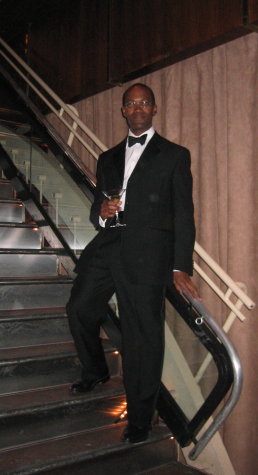 Well, I did a post a while ago about a trip I did to New York to take part in a day long shoot for a magazine, all dressed up in my tuxedo on a “Casino Royale” themed set. You can read about it in full
Well, I did a post a while ago about a trip I did to New York to take part in a day long shoot for a magazine, all dressed up in my tuxedo on a “Casino Royale” themed set. You can read about it in full 
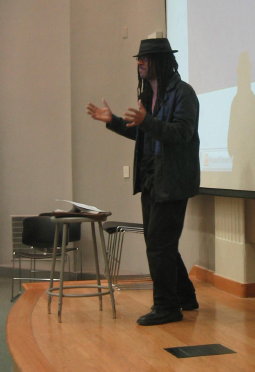
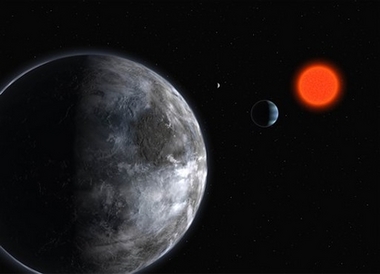
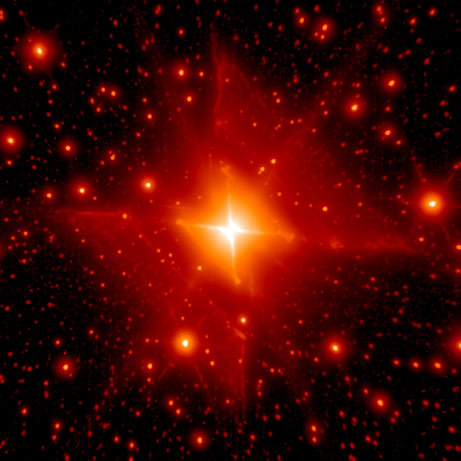

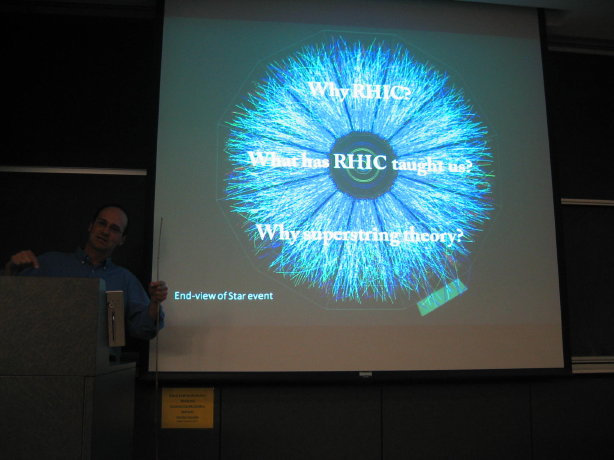
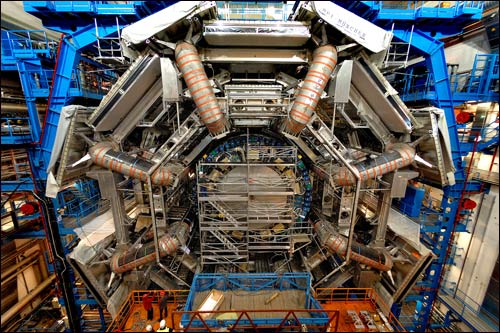
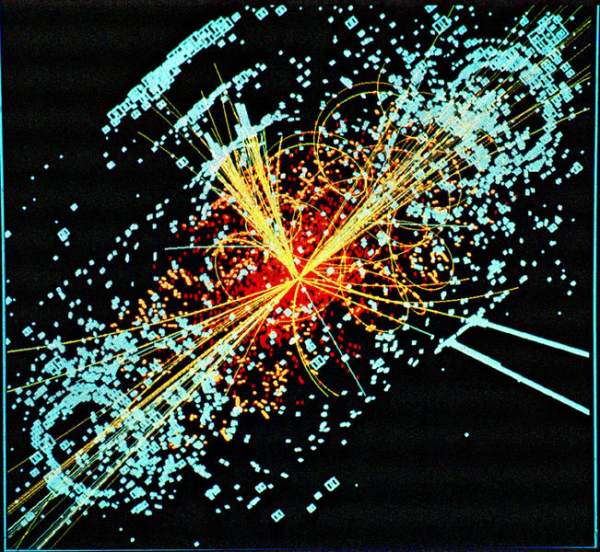

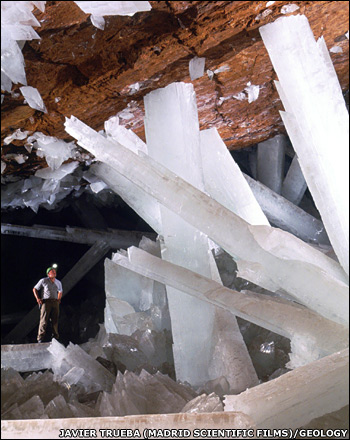
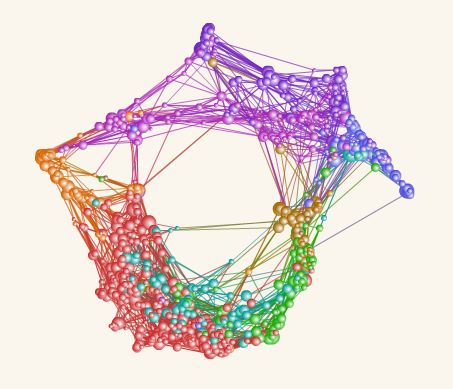
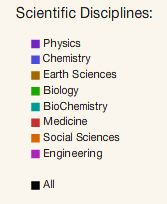 The work, by Richard Klavans and Kevin Boyack, shows aspects of the connectivity of relations between scientific disciplines (colour key to the left), based on analysis of about 1.6 million scientific articles. Rather pretty isn’t it? And, yes, of course, very interesting to see the connectivity visualized like that.
The work, by Richard Klavans and Kevin Boyack, shows aspects of the connectivity of relations between scientific disciplines (colour key to the left), based on analysis of about 1.6 million scientific articles. Rather pretty isn’t it? And, yes, of course, very interesting to see the connectivity visualized like that.














